Noto Peninsula, Suzu City, Japan. Seeing how contemporary art to evolve in this rare land blessed with both mountains and sea.
An art festival held in Suzu City at the tip of the Noto Peninsula in Ishikawa Prefecture. This place is part of the ‘Noto Village Mountains and Sea’ area, which the authorities have designated as a Globally Important Agricultural Heritage. Beautiful nature surrounds this place, with mountains and sea
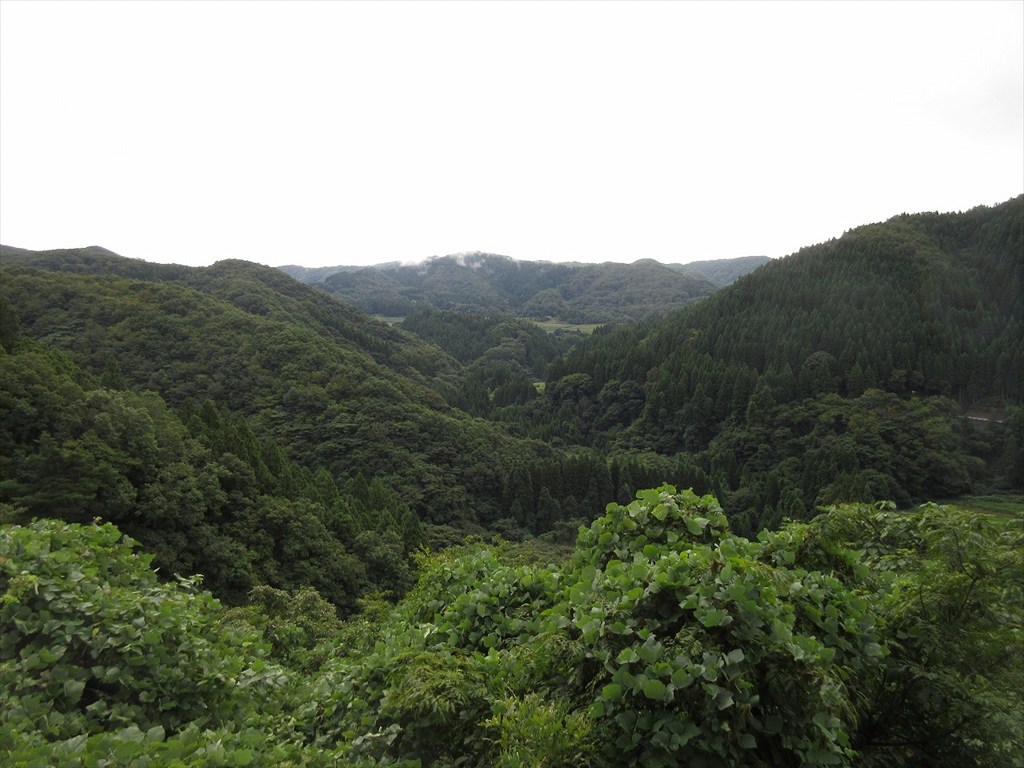
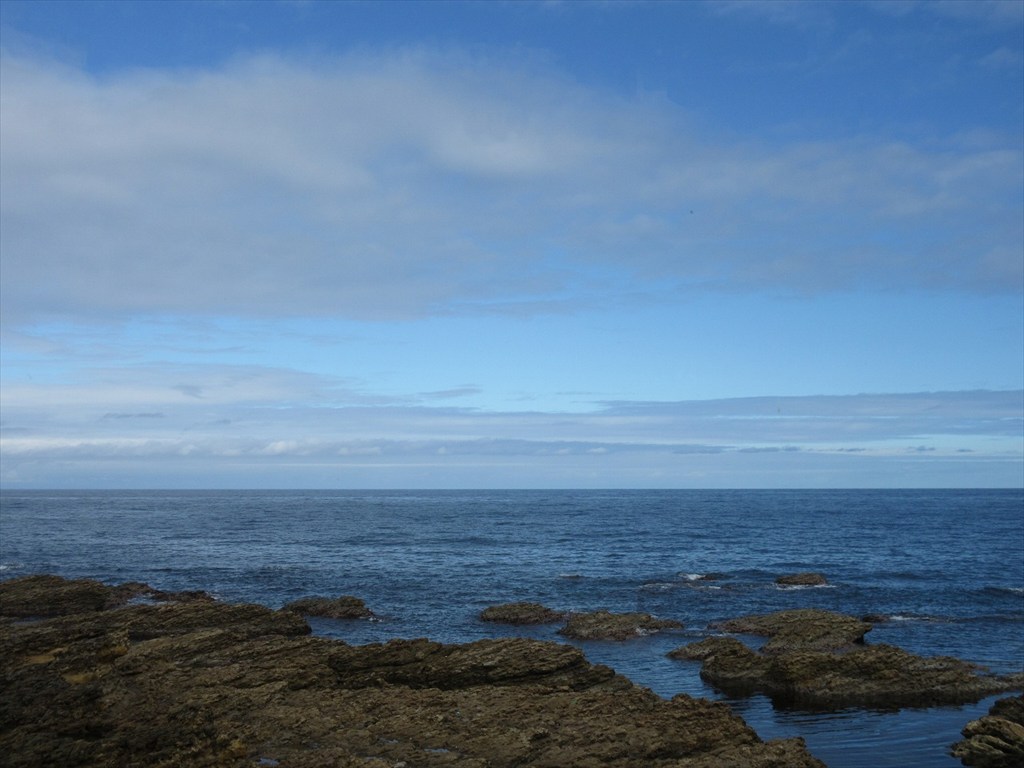
Starting in 2017, they hold the Oku-Noto International Art Festival once every three years in the form of a triennale. They postponed the 2020 event due to the coronavirus pandemic and held it in 2021.
When I visited in 2017, I surprised the uniqueness of the place and the high level of the artwork, so I visited again in 2021. From Tokyo, fly to Noto Airport and take a car or bus, or take the Shinkansen (bullet train) to Kanazawa and take a car or bus. There are buses for local transportation. Tour buses are also available during the event, but basically traveling by car.
The artworks are scattered in the city center of Suzu City, along the northern and eastern coasts of the peninsula, in the mountains in the center of the peninsula. There are about 50 exhibition spot, and it is not possible to visit in one day. It would take two days in a hurry, and three days if visiting all spots.
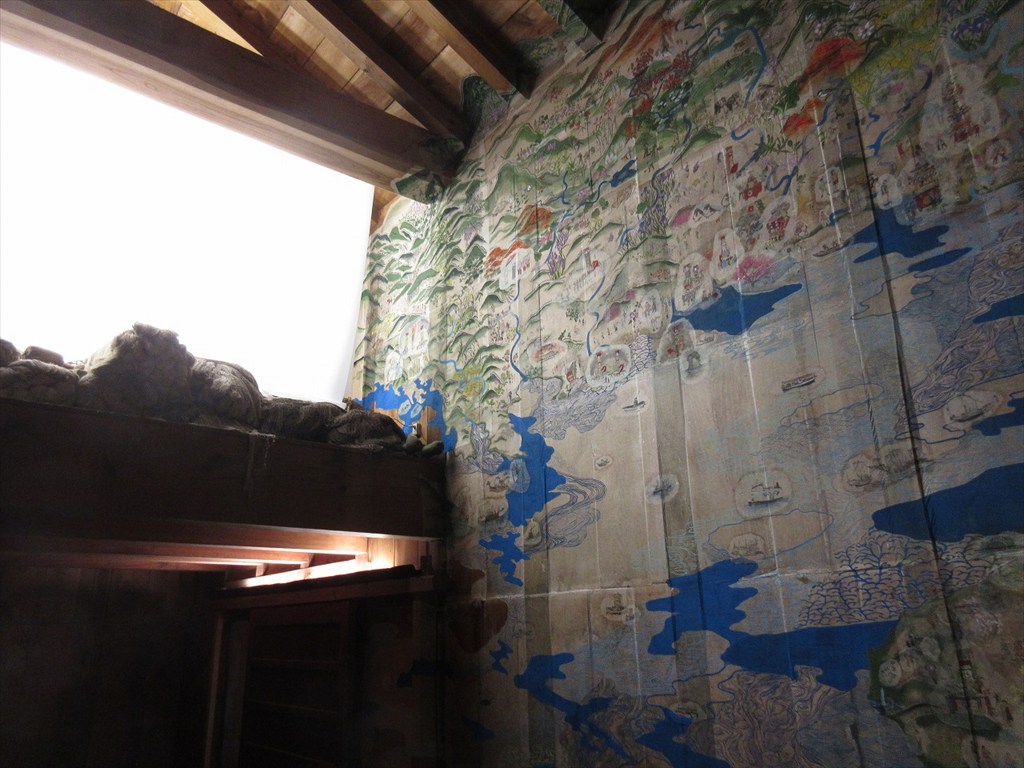
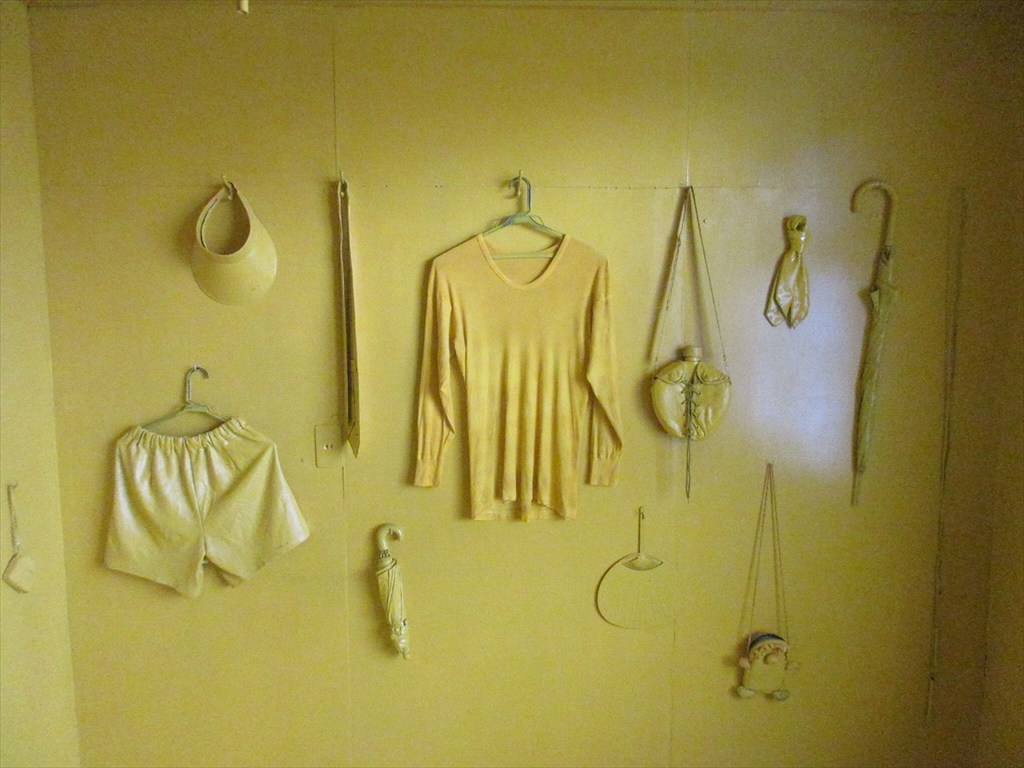
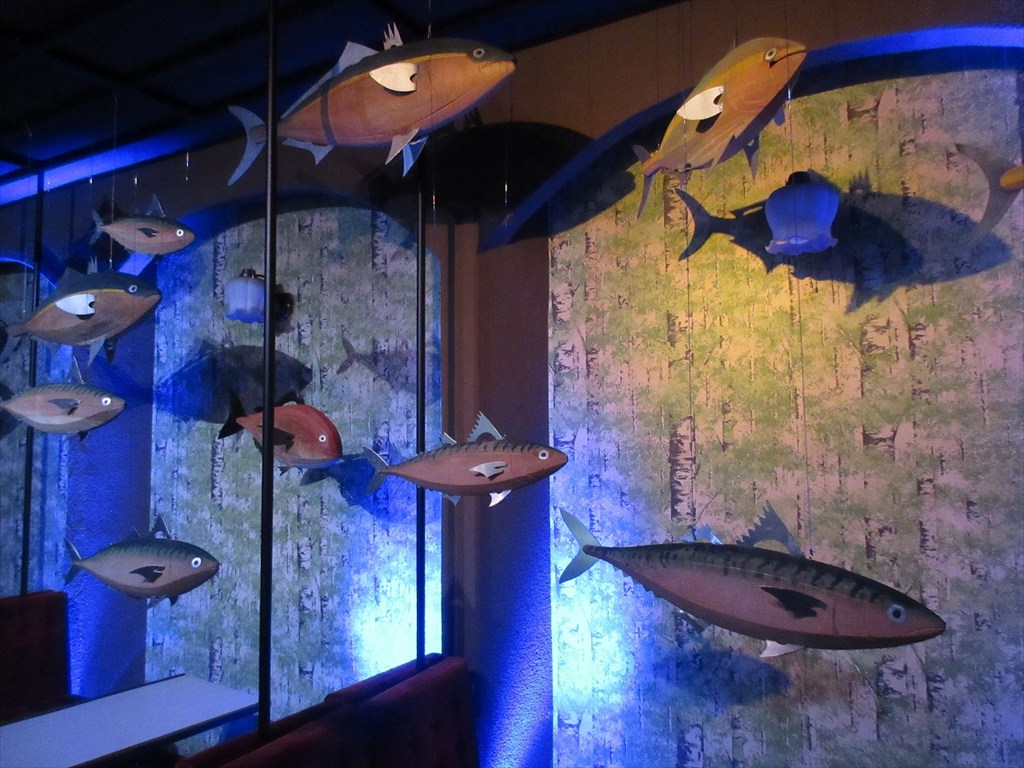
The best thing about this art festival is that the quality of the artworks is high. There is also a matter of taste, so I cannot generalize, but there was no such thing as “Exhibited something that was made without much thought”.
In addition, only 6 of the artworks in the first and second exhibitions were the same. I recognize that focusing on this new artwork is an important factor for the success of the art festival, and meet this condition.
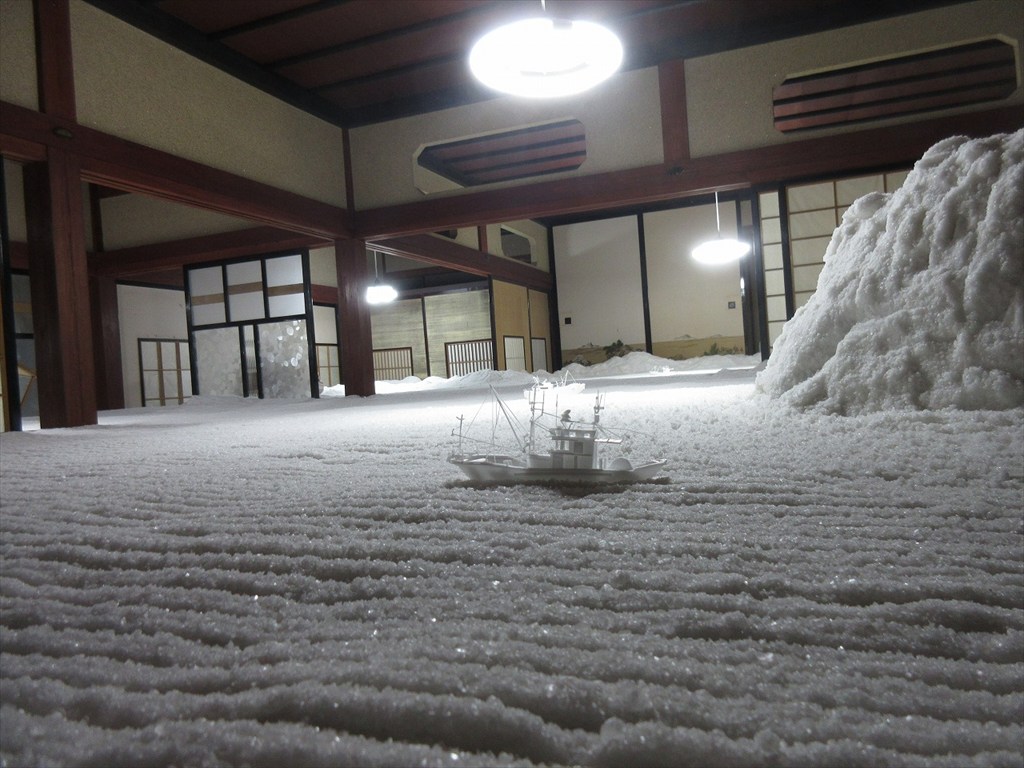
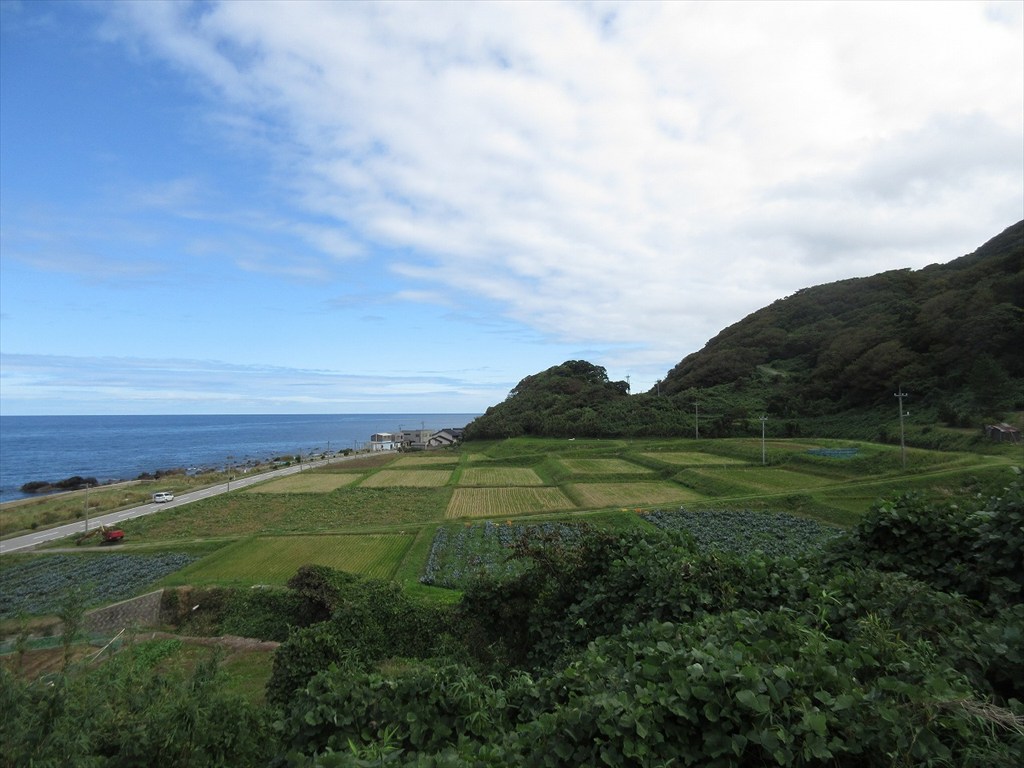
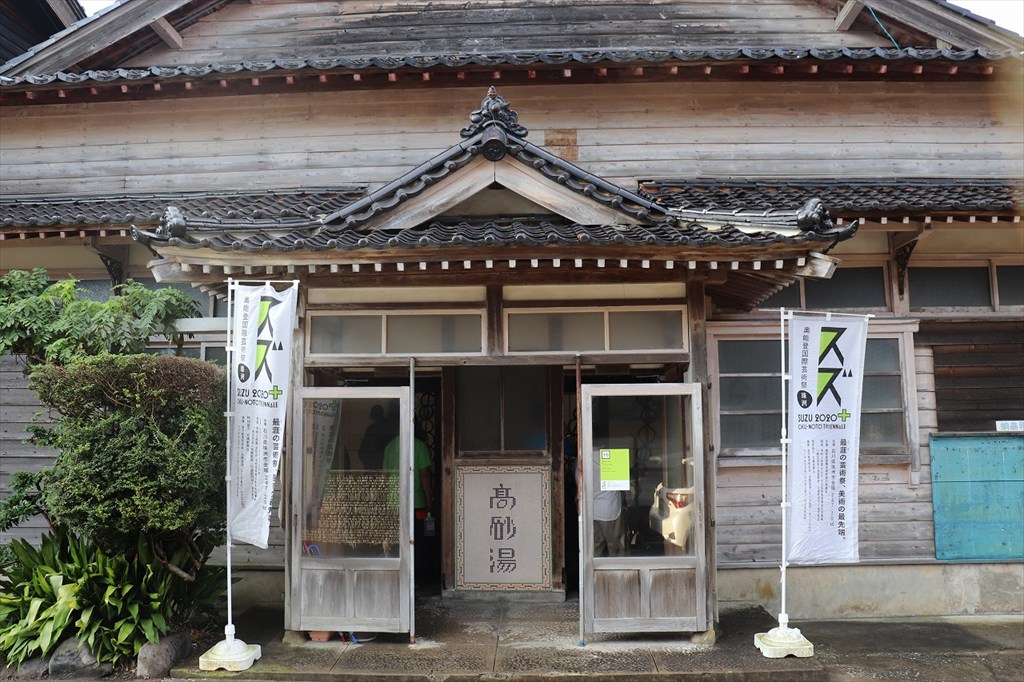
I introduce spots and artworks that left the impact on me in 2017 and 2020 (the actual event was held in 2021 due to the coronavirus).
■ Chiharu Shiota: A ship that carries time (2017, 2021)
A artwork in which a model of a ship and a chair is in a room, and the model and the walls of the room are stretched with red thread. The concept seems to have started at the 2015 Venice Biennale. Considering this time, but this place was created quite quickly after that.
The staff said that the place was a community center and do not currently use it. This place has already been closed for four years, and perhaps because of this, the artworks did not seem to have deteriorated. For those who have never seen a artwork of this concept, it must have an impact.

Tomoko Konoike: Going on land (2017)
It was in the place where walked the mountain road near the north coast. For some reason, trees covered the mountain road starting from the side of the road. I did not have an idea how far it is, so I asked a person returning on the mountain road, “How was it?” He preached me, “You have to feel that. Don’t ask me, but Tomoko Konoike is a bit crazy,”.
I have also seen this artist’s exhibition, so I have sympathized with his comment. When I actually walked up the mountain road for about 10 minutes and arrived at the point where I could see the artwork, I saw a white object in the distance. Feeling like “Eh”. It was a artwork that I felt as a set with the act of climbing a mountain.
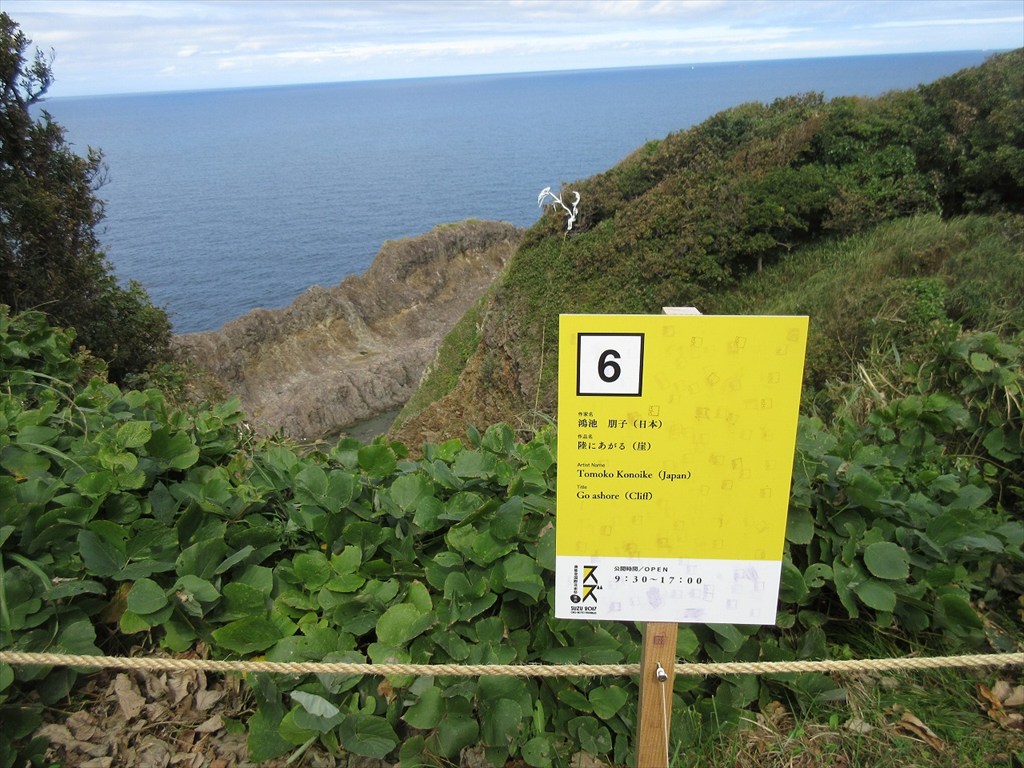
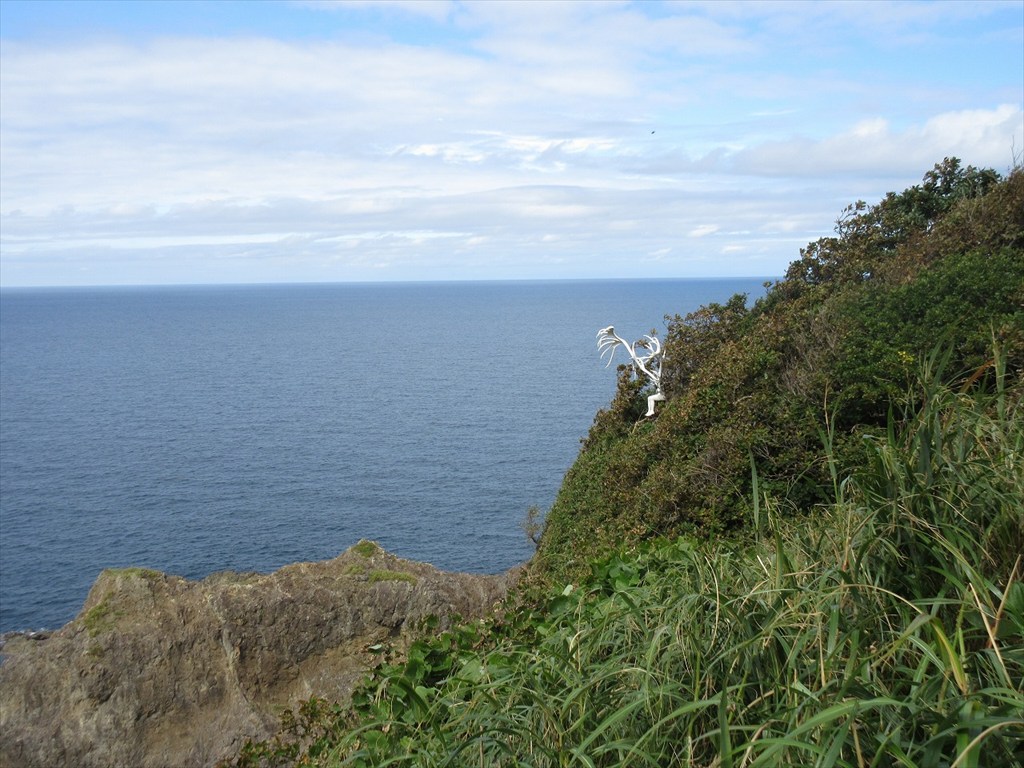
Naoki Ishikawa: Mixed Bathing Space Takara-yu (2017)
This venue blew my mind. The first floor is an active public bath. However, going up to the second floor, which is not currently in use, found a vast space with tatami mats like a banquet hall. There are photos taken by Naoki Ishikawa and local items. More than that, the special space of this place amazed me.
A narrow passage runs from the central space toward the outside. This is wide enough for only one person to pass through. Along the way, there are stairs and ladders with about ten steps. On the side of the passage, there are small rooms of about 4.5 to 6 tatami mats.
They may have repeatedly extended and remodeled it. It is a structure that will definitely violate the current construction law. As I walked through the aisles, I felt as if I had traveled back in time fifty years ago. My imagination ran wild about what was going on in this place. In 2021, this venue was not in use, but I would love to see it again.
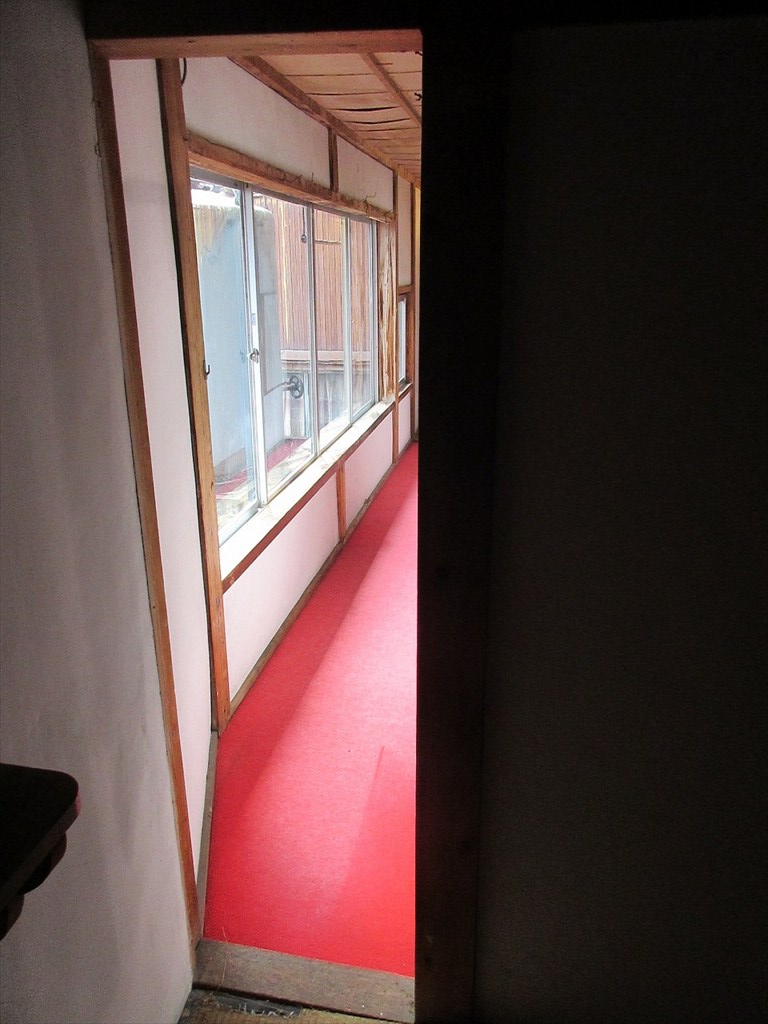
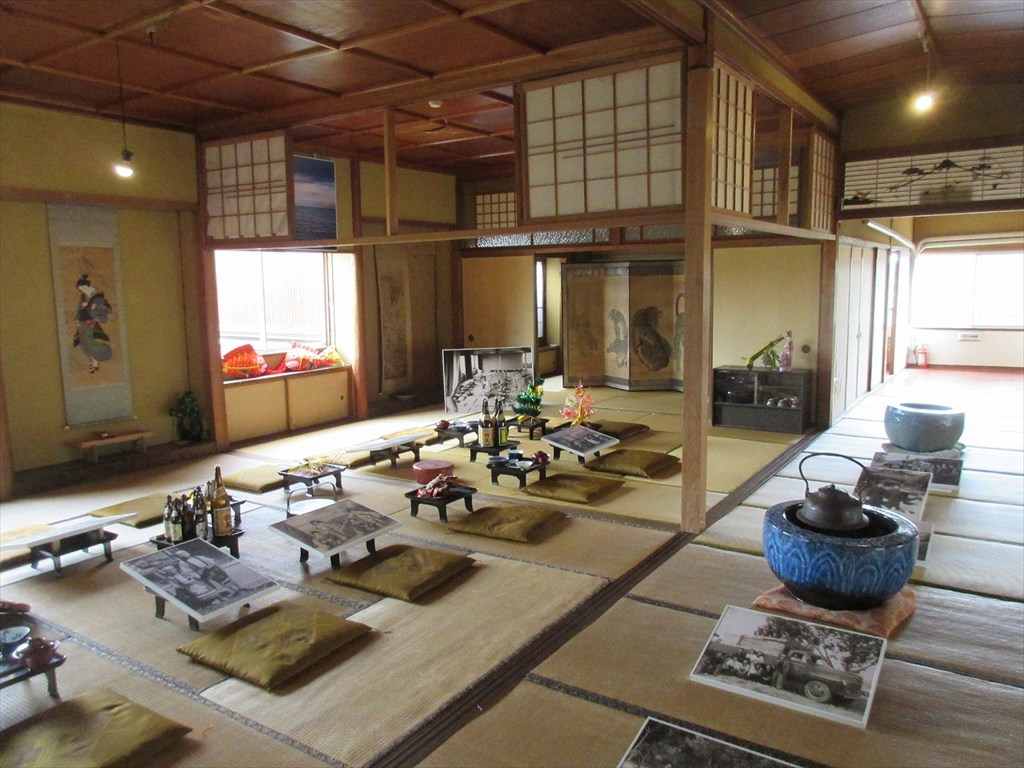
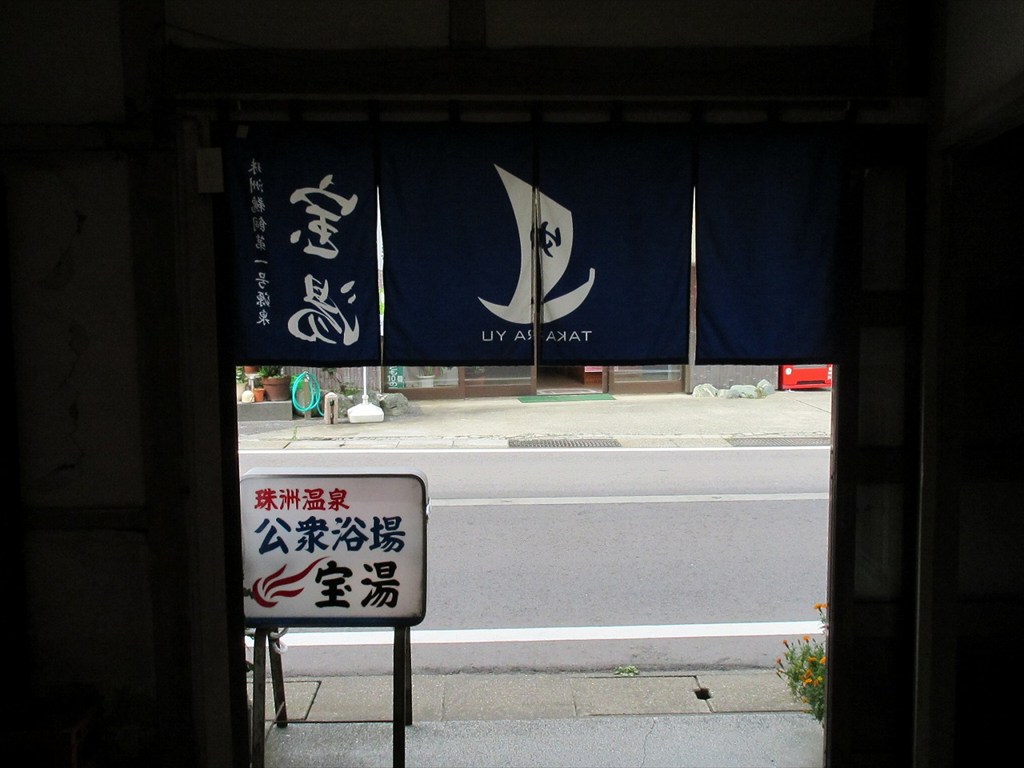
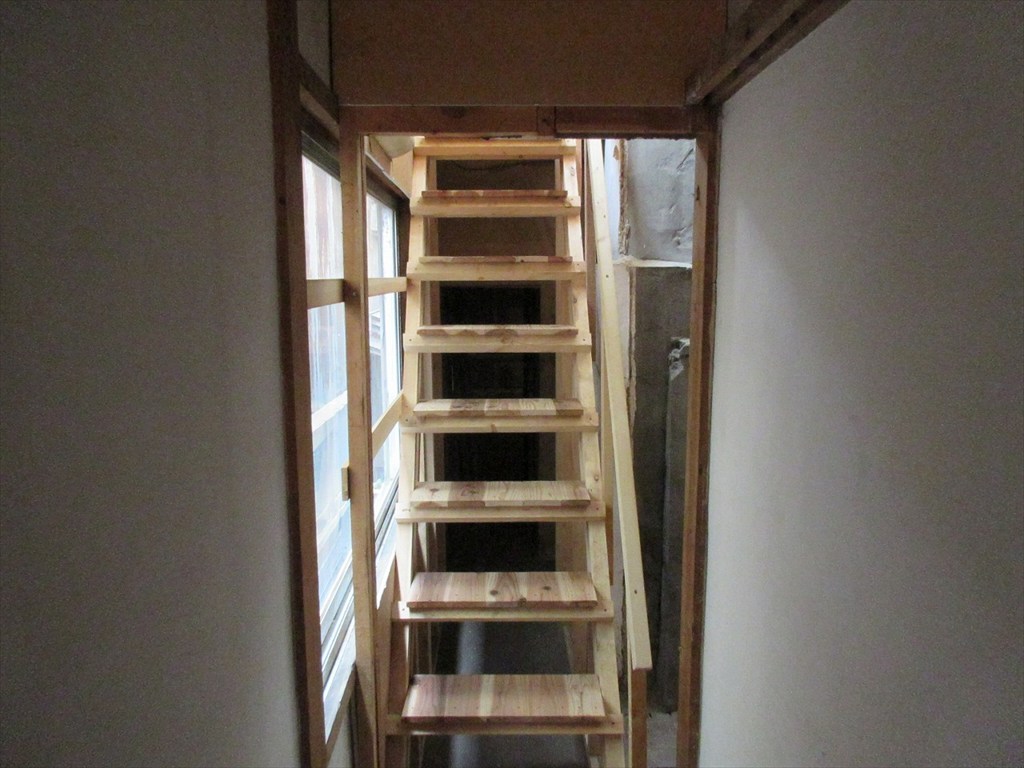
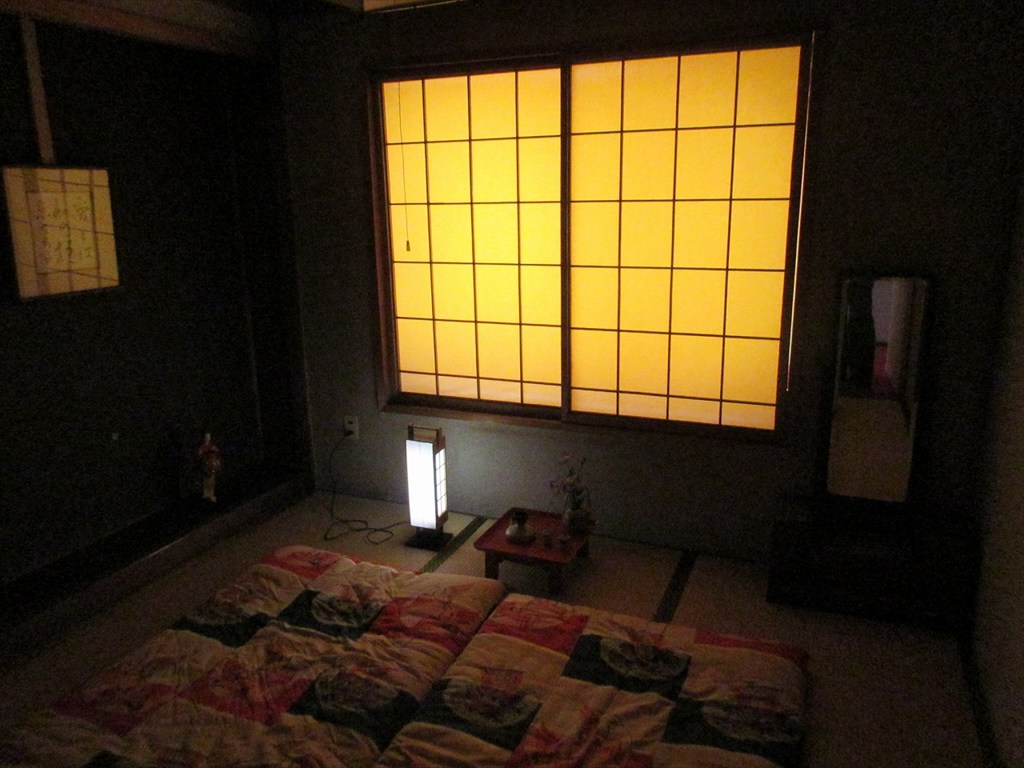
David Spriggs: First Wave (2021)
The venue was once a fishing gear warehouse. It is big warehouse with high ceiling. A normal building would be equivalent to 4-5 stories. In the center of this space, a transparent film about 6 meters long and 15 meters wide is propped up.
Several layers of red-stained film overlap to create a fantastic space. The red object that emerges in the dark venue is beautiful and seems to express people’s emotions. It definitely retains heat, and while feeling that heat, found the pleasure of being in a special space.
It was an artwork I wanted to see forever, and I stopped in this place for more than 30 minutes. By the way, in 2017, they exhibited a fantastic artwork at the same place. Great venue as well.
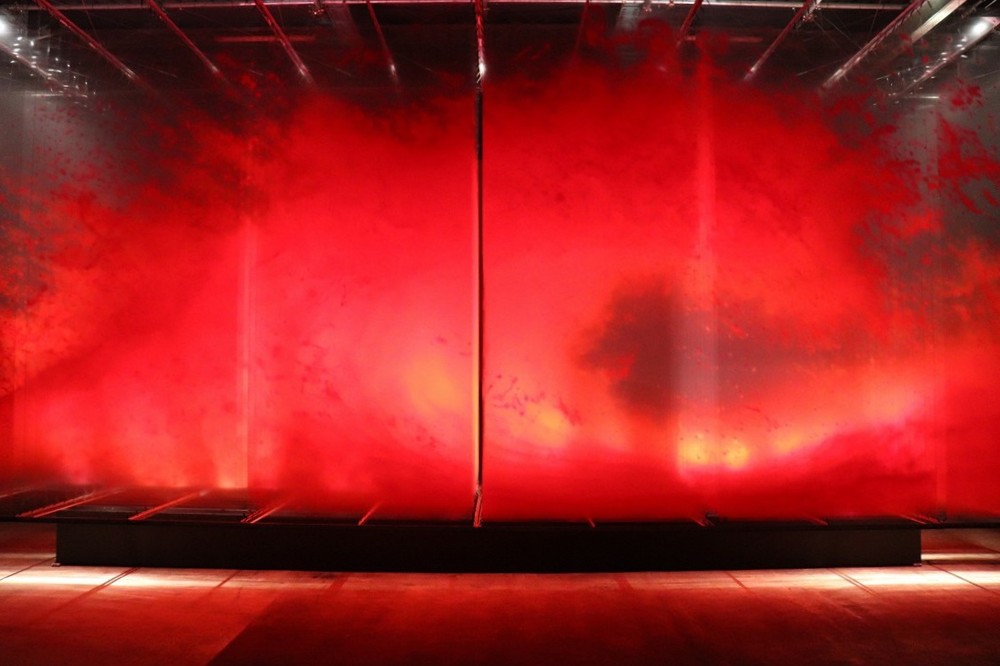
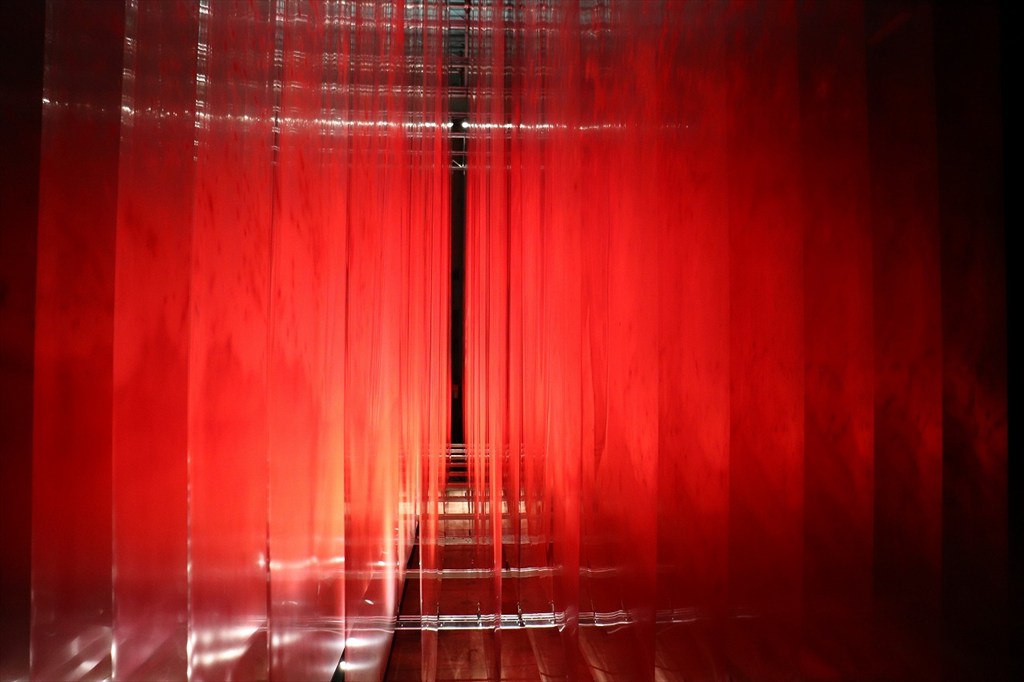
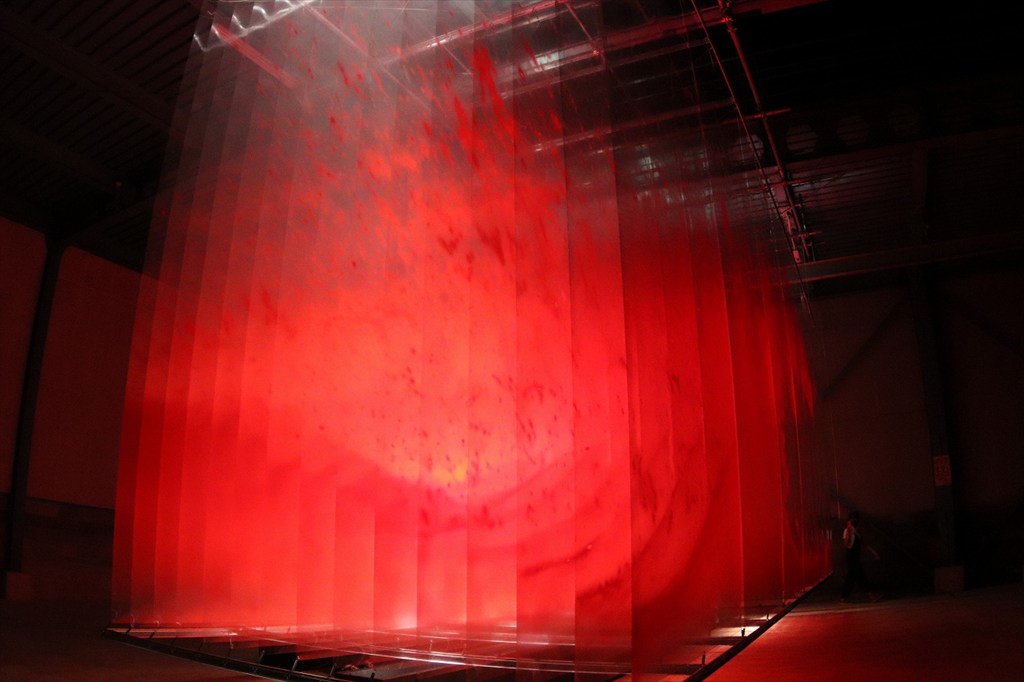
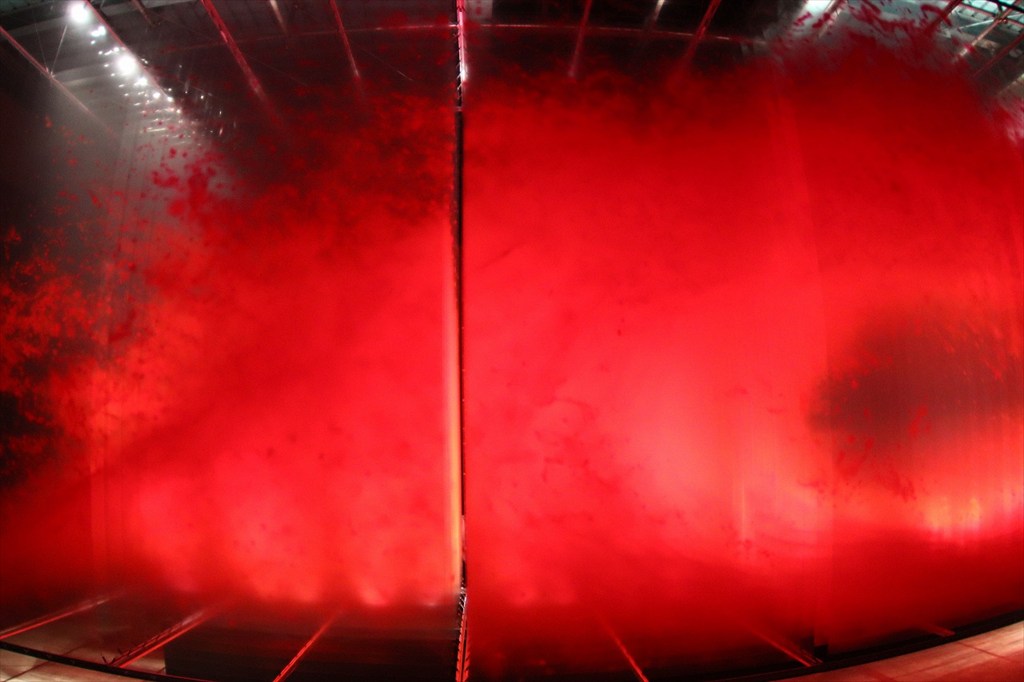
Kim Soo Ja: Breathing (2021)
Artwork on the north coast. There are only three mirrors on the coastline. Sea and surrounding scenery reflected by the mirrors, the scenery of the blue sky, and the empty space were wonderful. This artwork taught me a new form, “Is there such an idea?”

Kayako Nakajima: Bright House (2021)
The artist created this artwork around the concept of opening holes in the walls and roof of an empty wooden house. Taking in sunlight from the holes during the day and illuminating the interior, while at night the light from the indoor lighting leaks through the holes. When I opened the entering sliding door and went inside, something surprised me. The thin light leaking from the walls and ceiling created a mysterious spectacle. I could feel my emotions softening. When leaving the building, this is a kind of artwork that “naturally makes people smile”. It is very simple, but it creates a space that is more than imagined. It is an artwork that surprised me, saying, “I see.”
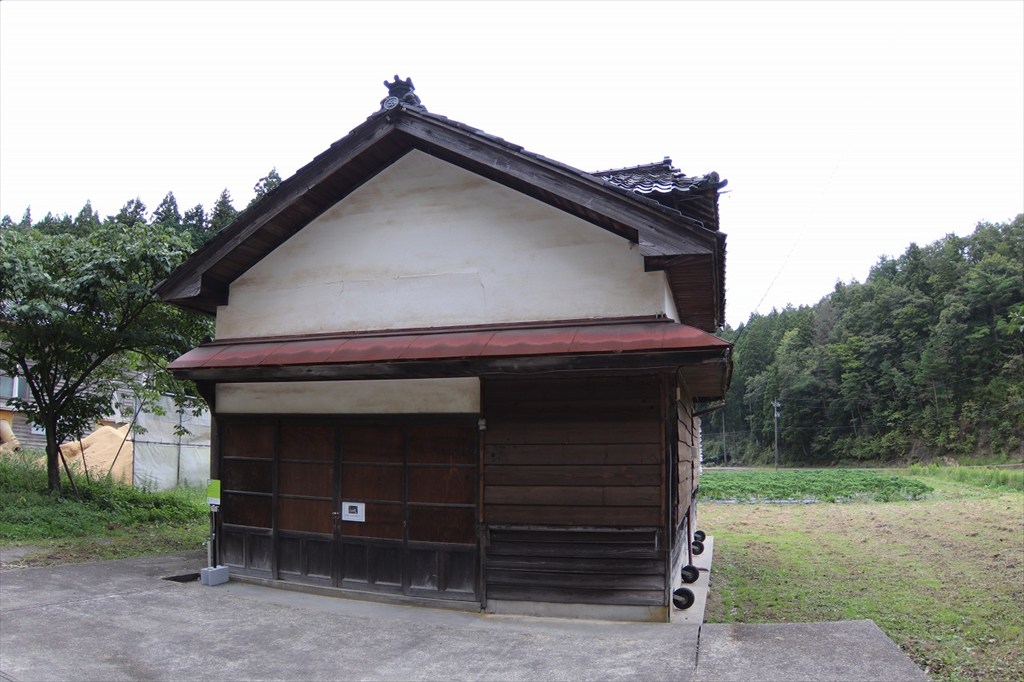
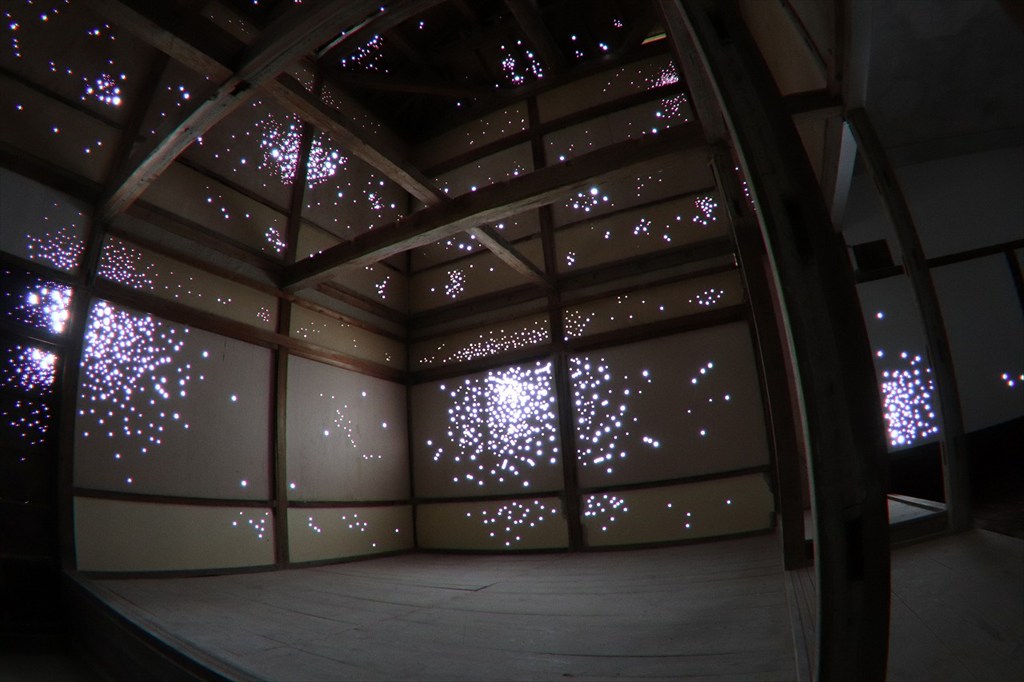

About Suzu City
The population of Suzu City, which is the center of the art festival, is about 12,000. It peaked at about 38,000 in the 1950s. At the venue of “Naoki Ishikawa: Mixed Bathing Space Takara-yu” mentioned above, they displayed old photos with many people. In the center of the town there was a movie theater and a snack cabaret with a feeling of “Showa”.
Some floors of large shopping centers that must have been crowded with people in the past were closed, and many times I saw shoji screens on the outer walls of houses broken. However, people rarely see the beauty and magnificence of the sea and mountains in this land, even in Japan. I feel that if there is some kind of opportunity, including this art festival, it will be a place where people will gather.
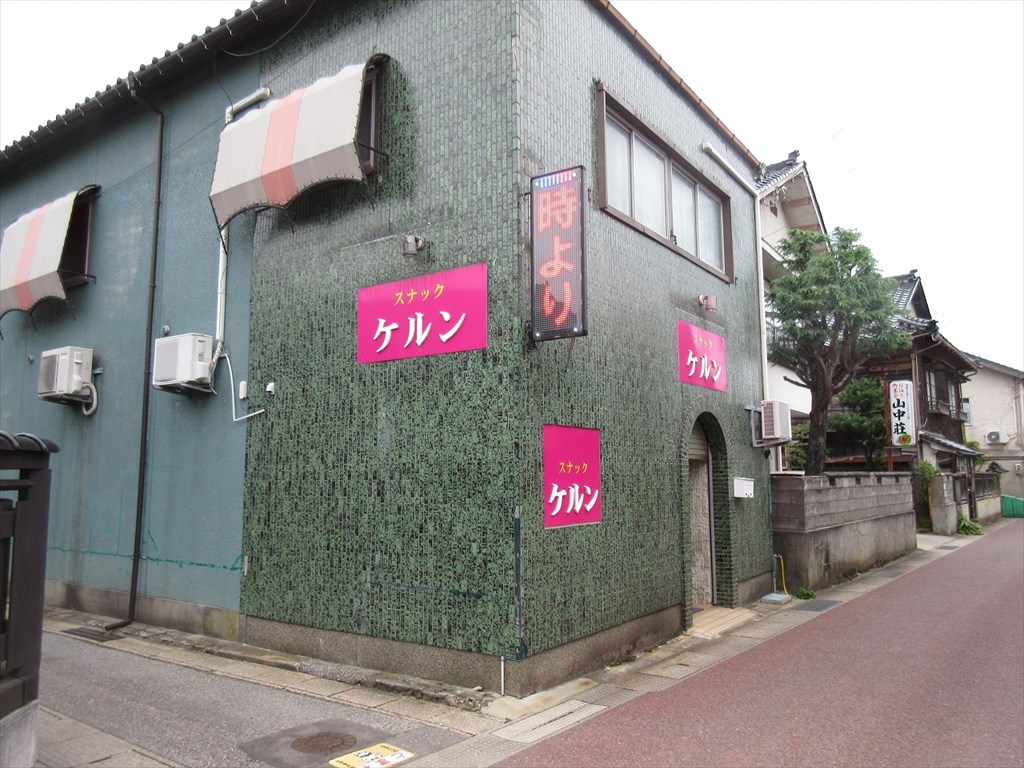
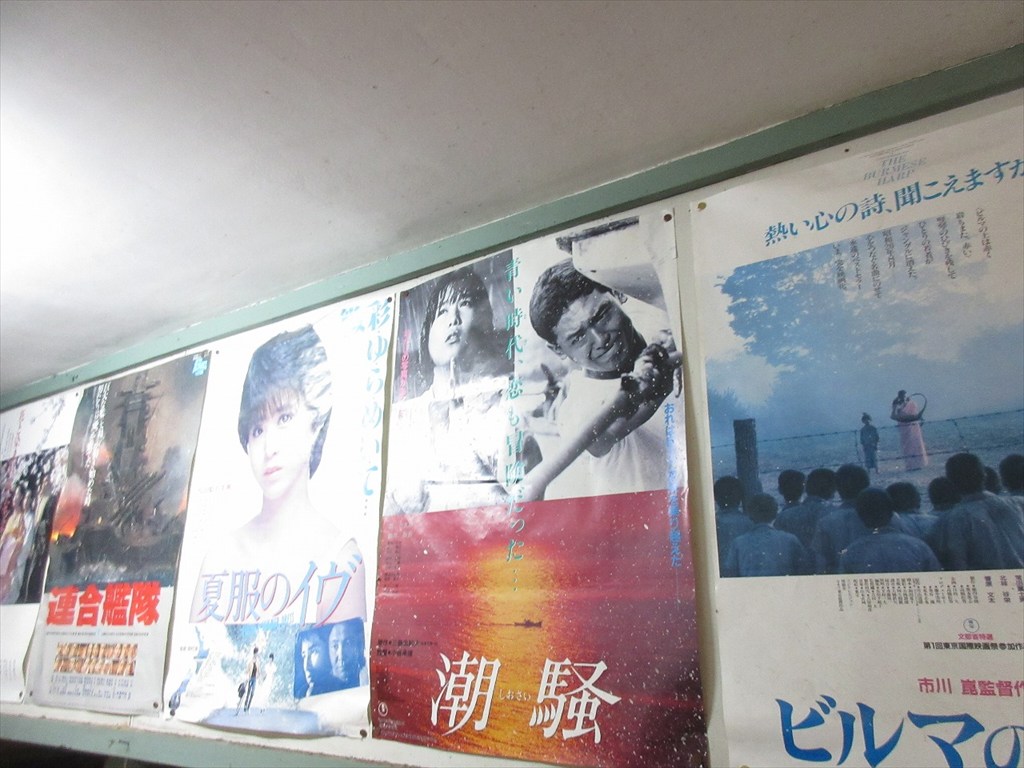
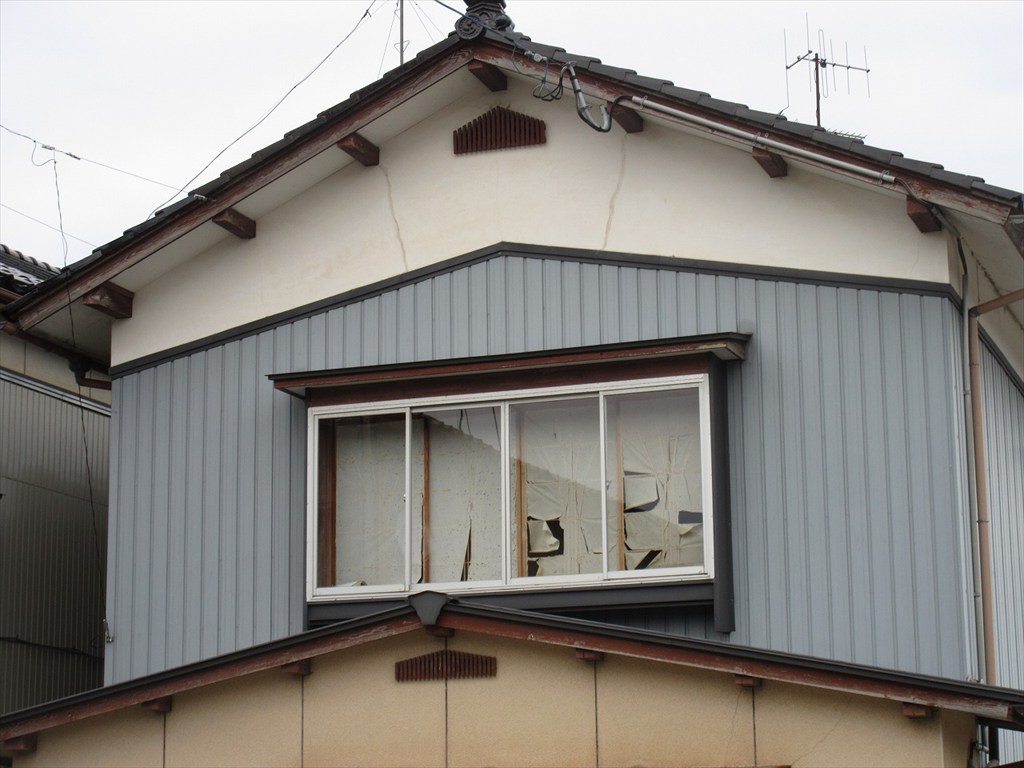
Visit in 2017 and 2021
Basic Information
■ Name:Oku-Noto International Art Festival
■ Address : 13‐120‐1 Iidamachi, Suzu City, Ishikawa Prefecture (Oku-Noto International Art Festival Executive Committee Secretariat)
■ Homepage:https://oku-noto.jp/ja/index.html
■ Others
When visiting this art festival, I recommend you to fly into Noto Airport. When landing at the airport in the mountains, you can see that this is a unique place where the sea and the mountains coexist.